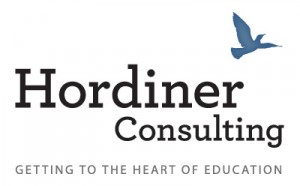There are three ways the Arts play an essential role in learning:
Arts Education
The arts may be studied as a subject where students learn skills and techniques in an art form. There are six general art forms: Dance, Media Arts, Literary Arts, Music, Theater, and Visual Arts. When studying a particular art form within one of these areas, students are focused on the what of learning. At the same time, their studies are likely to involve a way of learning (the creative process) that leads to the who (meaning) and why (purpose) of learning.
Arts as Language
The arts may be utilized as a language of communication. Just like spoken language, the arts can be receptive or expressive. Both aspects involve a communication of knowledge (what), meaning (who), or purpose (why). The arts function as receptive language when students experience works of art “as text” — as a rich source of history, culture, values, ideas, or feelings. The arts function as expressive language when students create and share art to voice their soul. As a language of communication the arts function as a way of learning.
Arts Integration
The arts may be integrated with other subject areas as a general way of learning (the creative process). Arts integration involves learning in three central arenas: arts education (what), some other educational subject area (what), and the identity and growth of a student or group of students (who and why). Arts integration is distinct from “arts enhancement” where the arts are used as a teaching strategy to support learning and engagement in other subject areas.
